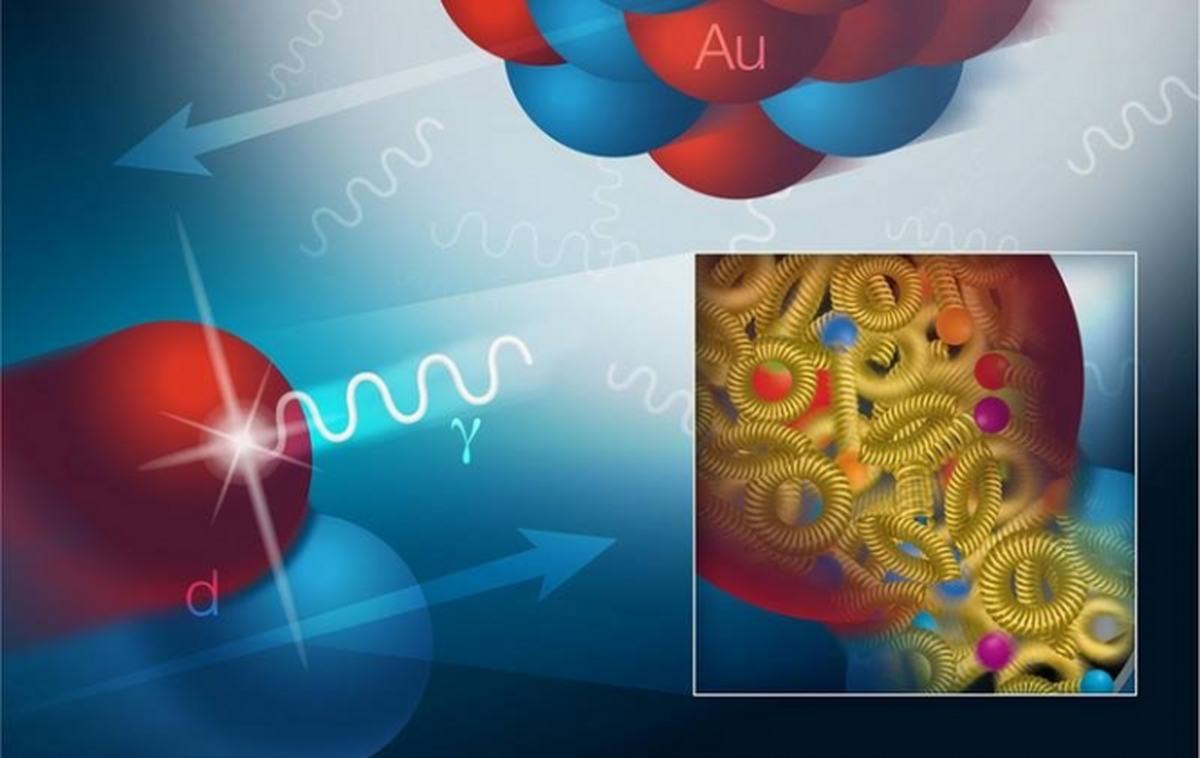Spallation Neutron Source Particle Accelerator Shatters Beam Power World Record

The landmark achievement at the Spallation Neutron Source, a world-leading research facility at the US Department of Energy’s Oak Ridge National Laboratory, comes as a result of the recent Proton Power Upgrade project, the Innovation News Network reported.
The particle accelerator’s increased 1.7 megawatts of beam power will enable scientists to perform unprecedented research.
The particle accelerator will help drive innovations such as more efficient solar panels, longer-lasting batteries, stronger and lighter materials for transport, more powerful supercomputers, and effective drugs.
1.7 megawatts capacity represents a new neutron scattering operational milestone for the US and will help to solve some of the most difficult challenges in materials science.
Speaking on the development, Jeff Smith, the Director of the Oak Ridge National Laboratory, said, “This increase in beam power represents another milestone in the Proton Power Upgrade project, an essential component in enabling new science at the Spallation Neutron Source, including insights into advanced materials for clean energy applications.
“I commend our staff for their efforts in accomplishing this new record.”
The Spallation Neutron Source was established in 2006 to provide thousands of researchers with advanced scientific capabilities to investigate energy phenomena and materials at the atomic level.
Spallation Neutron Source generates neutrons by accelerating protons down a 300-metre-long linear particle accelerator, then around an accumulator ring and finally into a liquid mercury target.
Impacts cause a ‘spall’ of neutrons to be routed to surrounding research instruments. The neutrons scatter off atoms within the materials and are captured by high-speed detectors.
This allows researchers to study the atomic structure and behaviour of materials.
The ongoing Proton Power Upgrade project at the particle accelerator was instrumental in achieving the new beam power world record of 1.7 megawatts.
The upgrade included the installation of additional accelerating systems, which are expected further to boost the particle accelerator’s capabilities to 2.8 megawatts.
This will increase the number of neutrons available for experiments at the First Target Station and power the Second Target Station – two additional neutron sources at the Oak Ridge National Laboratory.
These neutron sources will solve scientific challenges currently not feasible by studying smaller or less-concentrated samples or those under more extreme environmental conditions.
4155/v
























